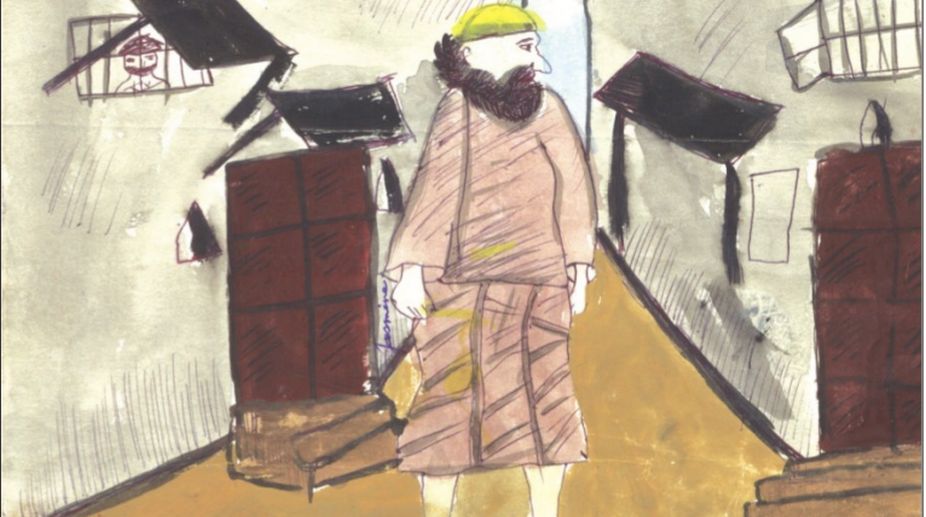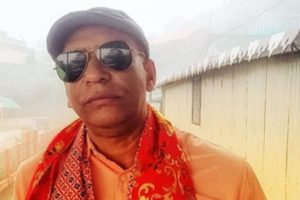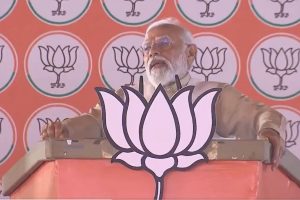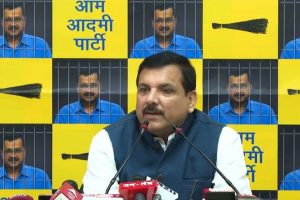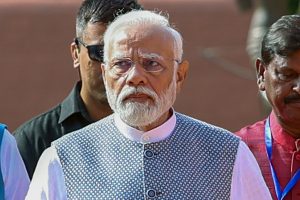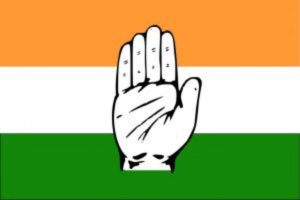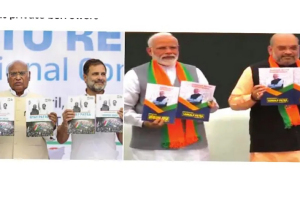Shab-E-Barat was the precursor to the fasting month of Ramzan but instead of fire crackers stunt-firing marked the festival, which actually commemorates the dead. Years ago, when Inder Lok had just come up as a predominantly Muslim locality, there were few shops there and it was difficult to buy Sehri stuff for Ramzan. That was when a group of young men, led by Hasin Ahmed, decided to give a helping hand. They hit upon the novel idea of taking nahari, biryani, kababs, phirnee, tandoori rotis and jalebi all the way to Inder Lok. An old jeep was used to ferry the stuff from Bara Hindu Rao. Sometimes they went all the way to Jama Masjid or Ballimaran for it.
Now for the distribution: It was through sale at a makeshift shop. The prices were a little high but people did not mind paying as to go and get the foodstuff themselves would have been more expensive. There was Fatty Mahmud, who wanted to buy as much as he could. But seeing that it led to shortage for other people, Hasin and his friends laid a limit on how much he could buy.
Another problem was about waking up the Rozedars for Sehri. That was solved when Habib Mian, who had recently come from Uttar Pradesh, volunteered to do the job. Habib started making his round an hour before the time for the last meal. He would sing in a loud voice about the glories of Islam and the need to keep the fast and then urge the sleepers to get up and start preparing for the Roza.
Now Inder Lok does not face any problems during Ramzan. They have a beautiful mosque and quite a number of shops. But long-time residents still remember the old days when Hasin Ahmed and Habib Mian played a pioneering role during the monthlong fast, which is scheduled to end on 26 June this year, subject to the sighting of he new moon.
As for Old Delhi, the sighting of the Ramzan moon changes the very complexion of the Walled City. Areas which looked dull and uninviting at night are illuminated and bustling with life until the wee hours. The Gali of the Mughal cooks sleeps in the day and is awake at night ~ so also the adjoining streets. Bazar Matia Mahal looks like a sumptuous fairyland. In front is the Jama Masjid, glittering with many coloured lights, its doors open to all those who want to pray even at odd hours and below, the Id Bazaar, where brisk sales are made, courtesy the hordes of burqaclad women out to make a gala night of it.
They make their purchases and then buy sweets at Haji Kallan’s shop, while the men accompanying them refresh themselves with tall glasses of creamy milk. Others prefer colas and yet others lassi. The women depart with their children but those in search of a delayed dinner make a beeline for Karim’s, Jawahar’s or the many other eating joints which are patronised for their wide variety of dishes.
Dinner over, it’s time to stroll into Azad Park and after that, some devotions at the shrines of Hare Bhare and Hazrat Kalimullah. Those with a Sufi bent of mind spend long hours at these places and include Sarmad Shahid’s red coloured tomb in their list of dargahs to be visited at night.
After that they go home for some rest and then get up in time for Sehri, the last meal before the Roza. They can go back to sleep again and by the time they are awake the morning is far advanced. But very few shops are open. It will continue to be so until late afternoon, when the market comes back to life for sale of foodstuff to be eaten after the Maghrib namaz.
The contrast between the Jama Masjid area and Inder Lok is still great but remember, the older area too faced similar problems when Shah Jahan decided to move his Capital from Agra to Delhi. While Shahjahanabad was coming up, the emperor camped at Kala Mahal, now an almost forgotten monument in Daryaganj. Being a man who never missed a namazor a Roza, he was acutely conscious of the needs of the people who had begun to settle down in his new city. Would you believe it that quite a few foodstuff had to be brought from Nizamuddin and Mehrauli ~ and sometimes even from Agra ~ for them to observe Ramzan the way it should be.
Interestingly enough, after the completion of the Jama Masjid an announcement was made that the person who had not missed even one of the five namaz held in a day would be the one to inaugurate the new mosque. Eventually, it turned out that it was only Shah Jahan, who was such a devotee. And so it was the emperor, who himself performed the opening ceremony. Even after that the emperor came regularly to the masjid for at least one namaz every Friday. For the next of the week days he offered his prayers in the Red Fort. And on the last Friday of Ramzan (Jumait-ul-al-Vida) he also offered gifts to his assembled subjects, some of whom came from as far away as Mewat in present-day Haryana.
The Mewatis are still conspicuous by their presence whenever the last Juma prayers are held ~ congregating mainly at Netaji Park (opposite the Jama Masjid), where once Akbarabadi Masjid, built by one of Shah Jahan's wives, stood. This mosque was demolished by the British after the Revolt of 1857 lent now there is a vociferous demand to rebuild it despite the place having been earmarked for the Metro Heritage Line.

